Swaziland was our first stop on our African Overland Tour. This country is no more than 200 km (120 mi) North to South and 130 km (81 mi) East to West making Swaziland one of Africa’s smallest countries. Although very small in size, the wilderness, outdoor activities, locals, arts, crafts, festivals and rich culture make this country a really special place.
Unlike parts of South Africa, Swaziland has managed to hold on to that slow down TIA (this-is-Africa) feeling. Everything remains small and personable, and the atmosphere and people are very relaxed. Unfortunately, we had only 2 days in the Kingdom of Swaziland but if you have the time, consider staying longer to really give the country a chance. If you plan a visit during the winter months, check out the Umhlanga Festival, one of Africa’s biggest cultural events.
After passing through the stunning countryside and small villages, we made our way down the bumpy roads towards Swaziland’s main tourist hub, Mlilwane Wildlife Sanctuary. Although not as extravagant as some of the other African parks, Mlilwane Wildlife Sanctuary still offers a diverse range of wildlife without the danger of the big game (no swimming or you’ll encounter the hippos & crocs).
Accommodation
We stayed at the popular hostel, Sondzela Backpackers. A little different to the backpackers we’re used to in Europe and South America! Upon arrival, we were greeted with smiles from ear to ear by some of the nicest ladies we’ve ever met. After a brief welcoming, they took us right to our rondavel. This was the first time we’d stayed in a rondavel before and we loved the concept of them immediately.
A typical rondavel is a small hut, usually round or oval in shape and is made with materials that can be locally found in the raw form. Its walls are often constructed from stones whilst the mortar may consist of sand, soil, or a combination of them all, mixed then with cow dung. Many of the rondavels we stayed in were made of cement or stone with a straw roof but they always had the same traditional structure.
Roaming right outside were zebras, cows and pumbas (warthogs). We had a door similar to that of a farm door and it allowed us to keep the animals out by closing the bottom yet still viewing the wildlife from the top. Welcome to Africa!
There isn’t a whole lot around the hostel in terms of restaurants so we chose to sit by the fire outside and watch the ladies cook up a traditional dinner on the outside fire. The mornings, we awoke to the smell of sausages and enjoyed an early morning breakfast by the fire and enjoyed watching the traditional cooking techniques outside. Who needs a kitchen these days?
Mantenga Cultural Village
Mantenga is a small protected area of 725 hectares in the corner of the Ezulwini Valley. It is here that we were able to experience first hand the rich cultural heritage and traditions of the Swazi people.
The Mantenga Cultural Village is a museum representing a classical Swazi lifestyle during the 1850’s. Inside is a mini-complex of sixteen huts, each with its own specific purpose, kraals and byres for cattle and goats, reed fences, and various other small structures. Our tour guide took us around, showed us inside the huts, told us stories and explained how and why it was laid out the way it was. Such a different way of life and so fascinating to listen too.
Traditional singing and dancing is still very prominent in the Swazi Culture. The Swazis are proud but peaceful people with happy, easy-going, and fun personalities. Their old traditions are still carefully followed today and colourful ceremonies regularly take place to mark special occasions. After a 30 minute performance of some impressive dancing by the locals, we were chosen to get up and learn a dance alongside the women. Thankfully it wasn’t too complex or I could have made a complete fool of myself.
We really enjoyed our visit to the village and it really gave us the chance to see these traditions first hand along with learning some of the local language, dances, rituals, customs and general way of life.
The Beginnings of the African Wildlife
When there are roaming animals outside your doorstep, how can you leave? Swaziland had an array of choices for optional activities but all that was on our mind was spotting wildlife and photographing the stunning scenery that was right before us. Nothing else really mattered.
The rest of our group headed out on a caving adventure, but we left on foot towards the Mlilwane Rest Camp. 5 m down the road we spotted our first animal and what was my favourite (until the lion overtook). A small family of Zebras grazed the grass and apart from looking up every now and then, they weren’t phased by the presence of us so close at all. The detail on a Zebra is so exquisite I could stare at them all day!
At the rest camp, there was a range of accommodation choices from camping and rondavels to self-catering lodges, along with a restaurant and a variety of different hiking trails. The hiking trails are free and range with their distances. The rangers can explain what’s what and help you decide where you wanted to go based on distance, time and difficulty.
After signing the log book and deciding which trail we would take, we went off by foot to the Hippo pools. So much excitement with any wild animal we saw, Jacob was fairly keen to be up close but I was still quite wary and had no desire to have to run if need be so I stayed back, quite back and assessed from afar 😉
Our walk wasn’t long but it was enough to see warthogs, zebras, wildebeest, kudos, impalas and the biggest crocodiles we’ve ever seen.
Swaziland was just a taste of what Africa has to offer and it only made us more excited for the following adventures. Next up, Zimbabwe and Zambia.
Married days survived: 436

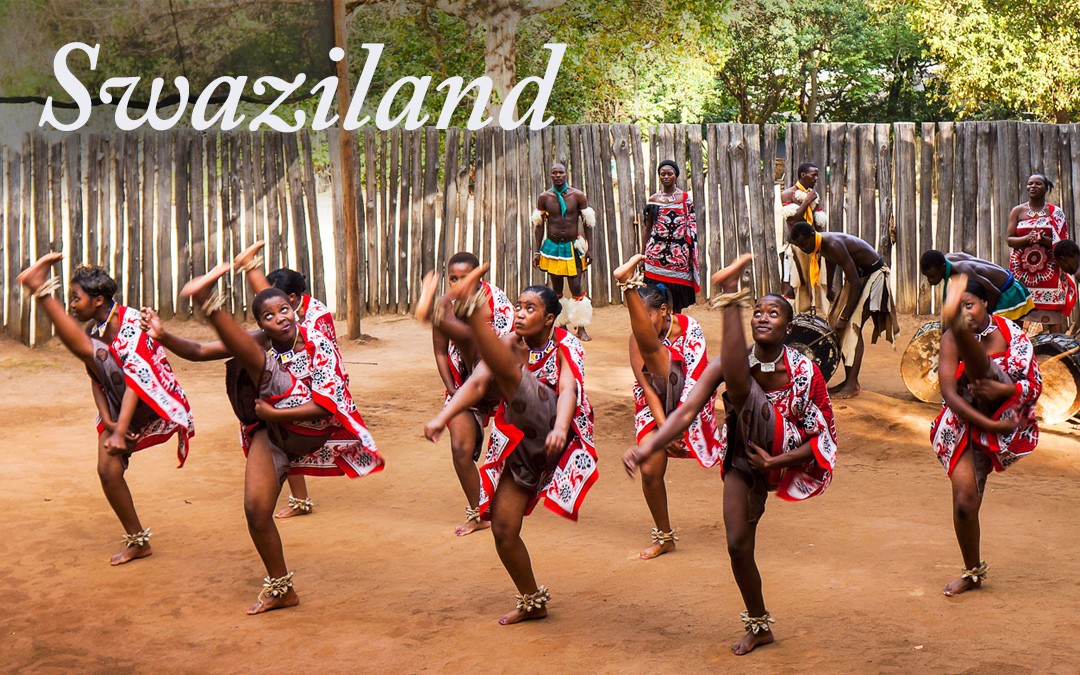

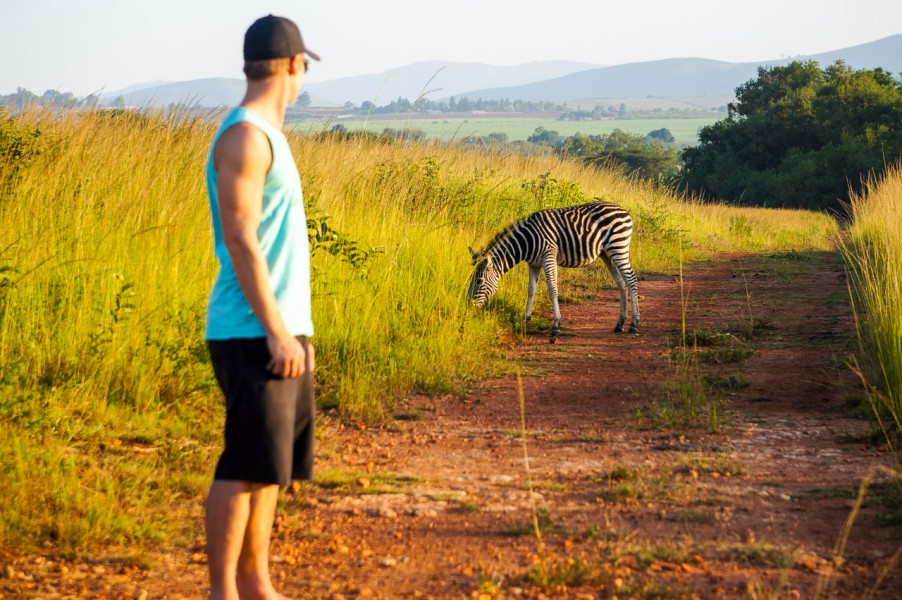
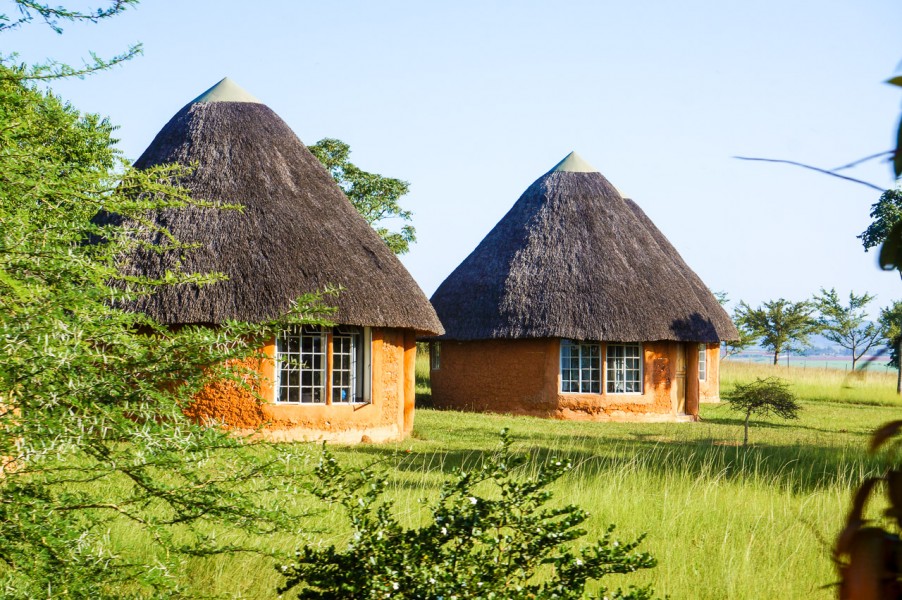
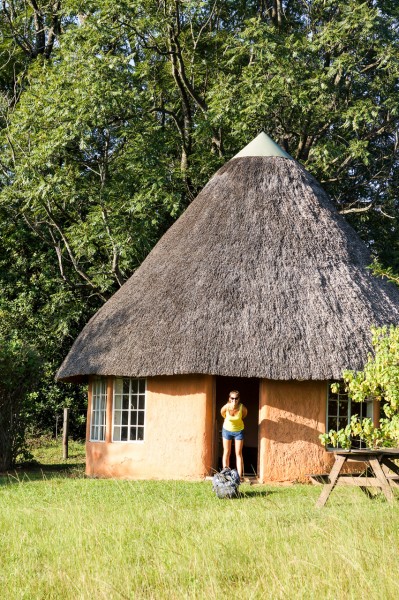

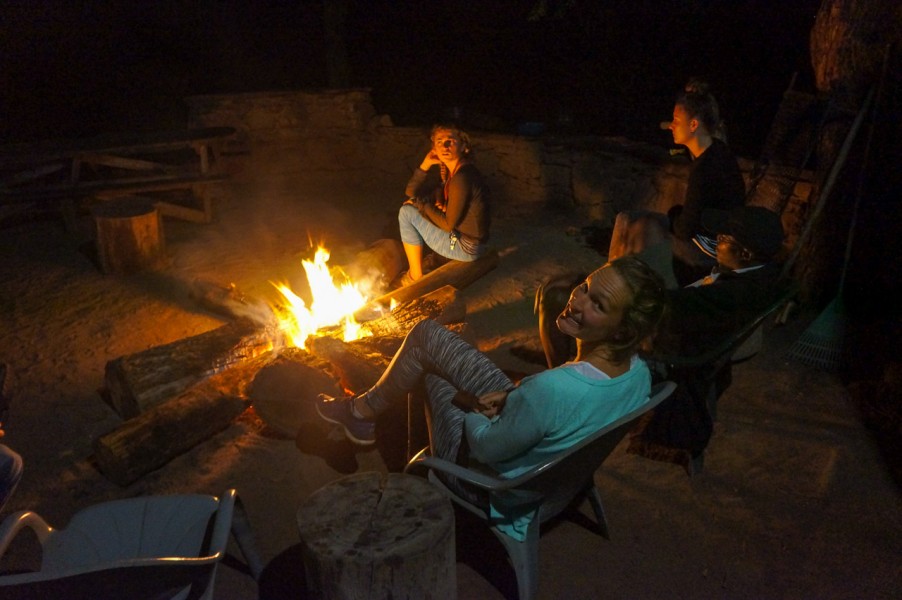
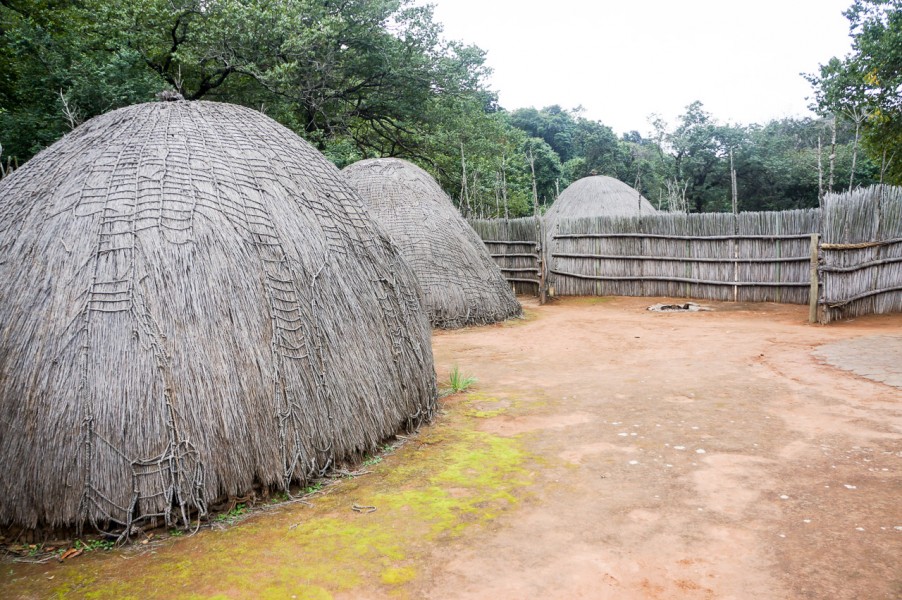
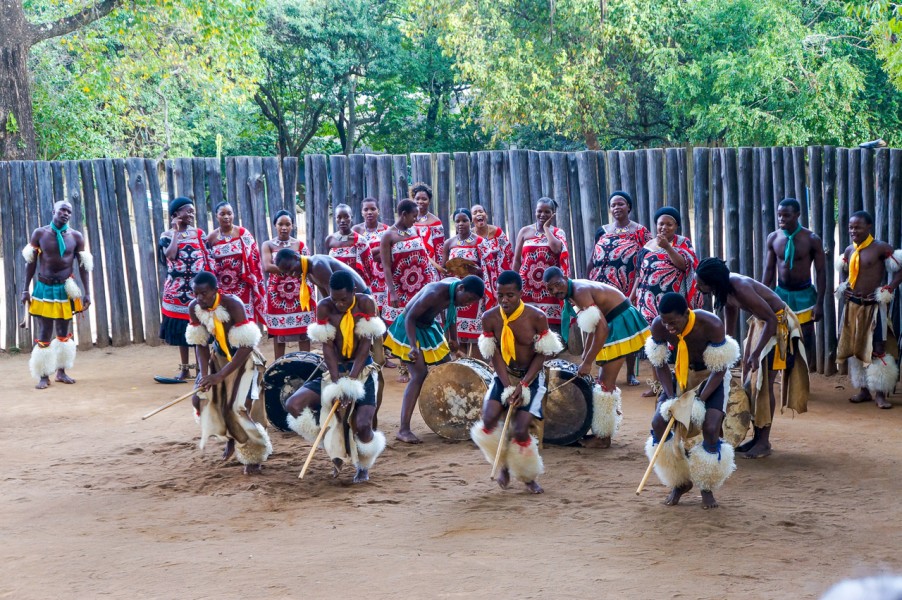
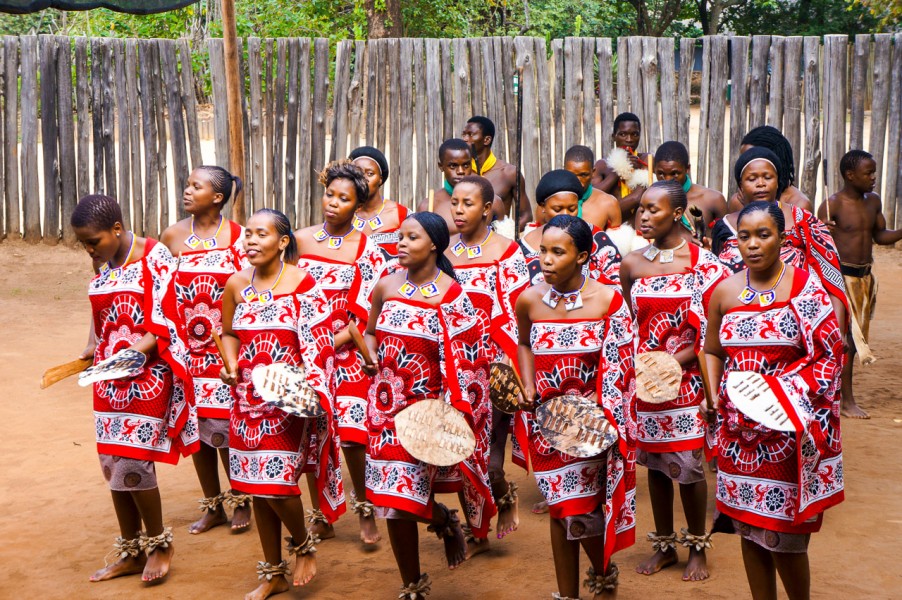
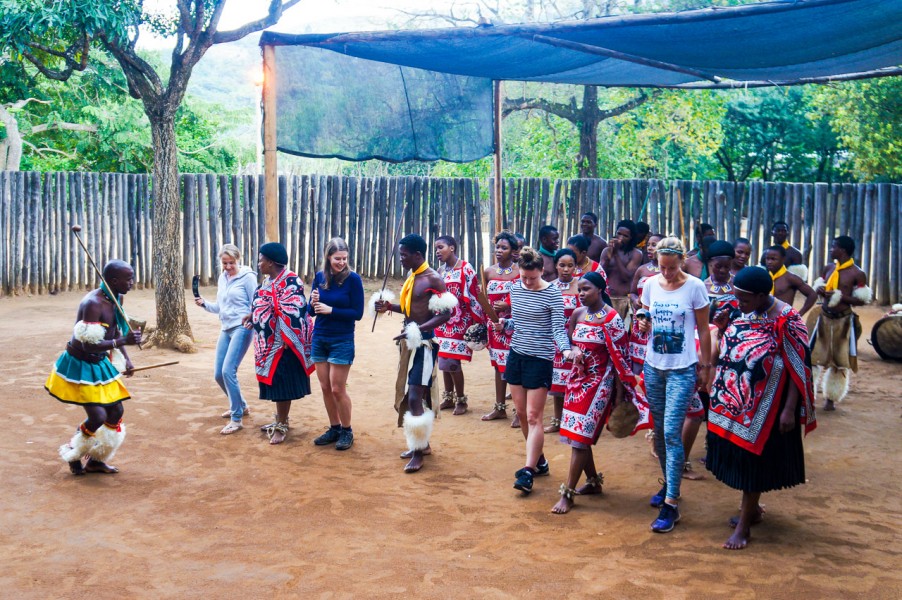
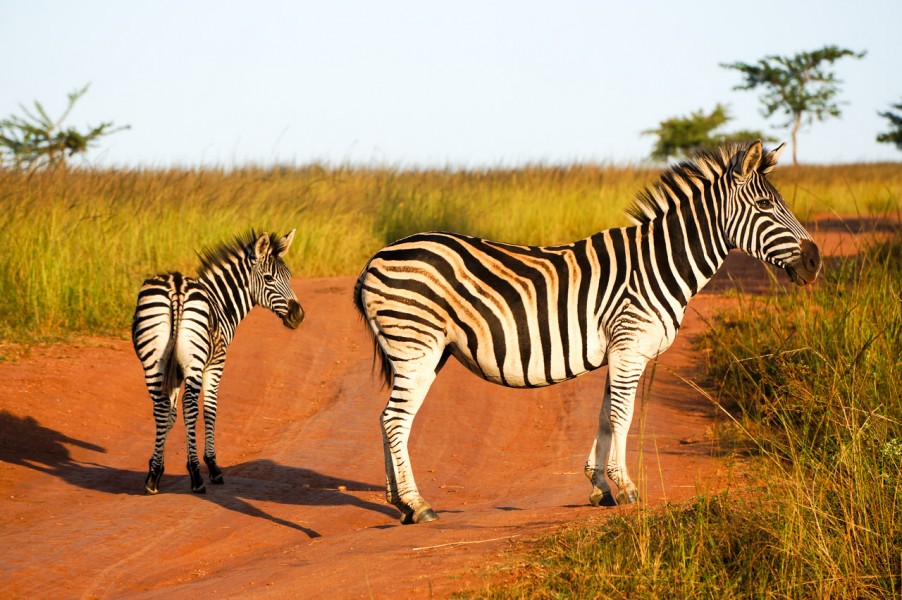

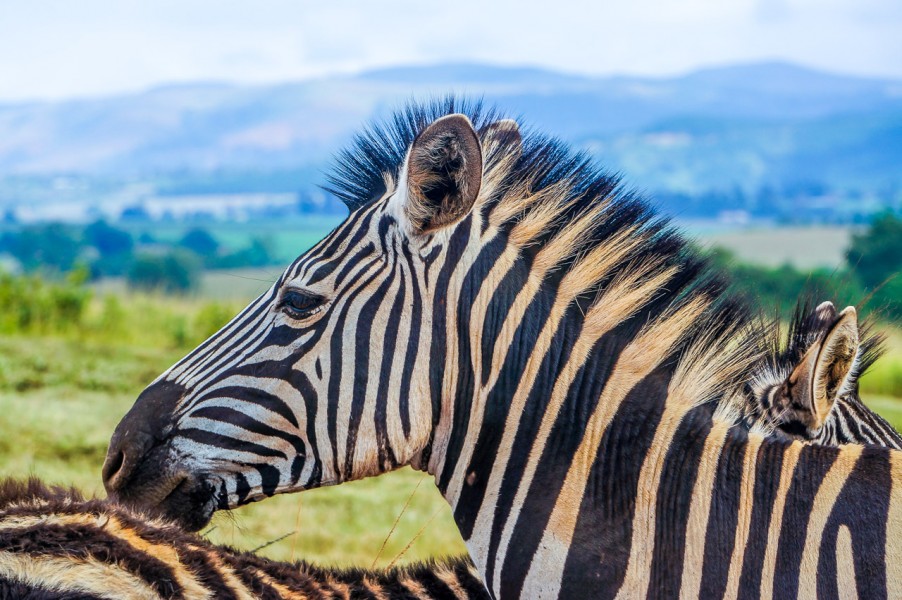
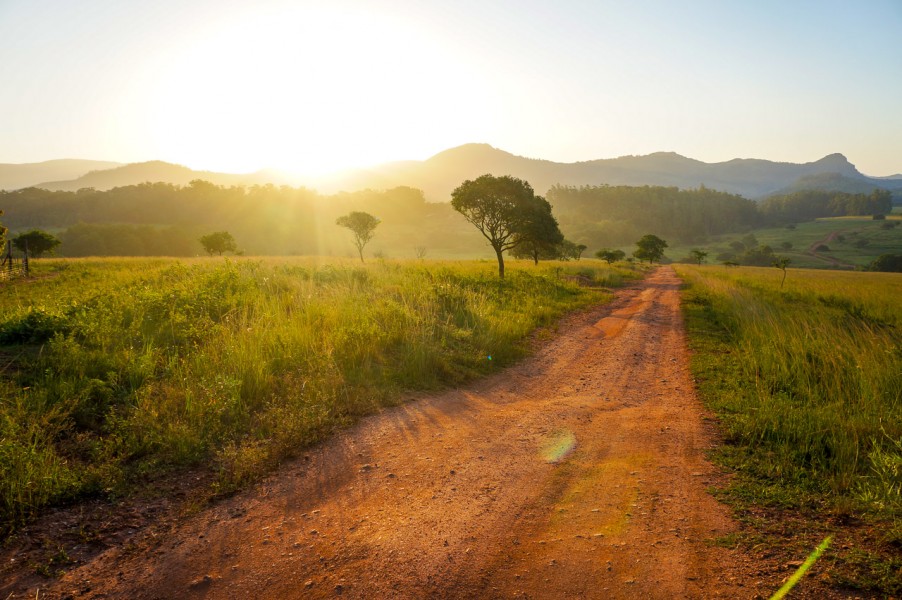
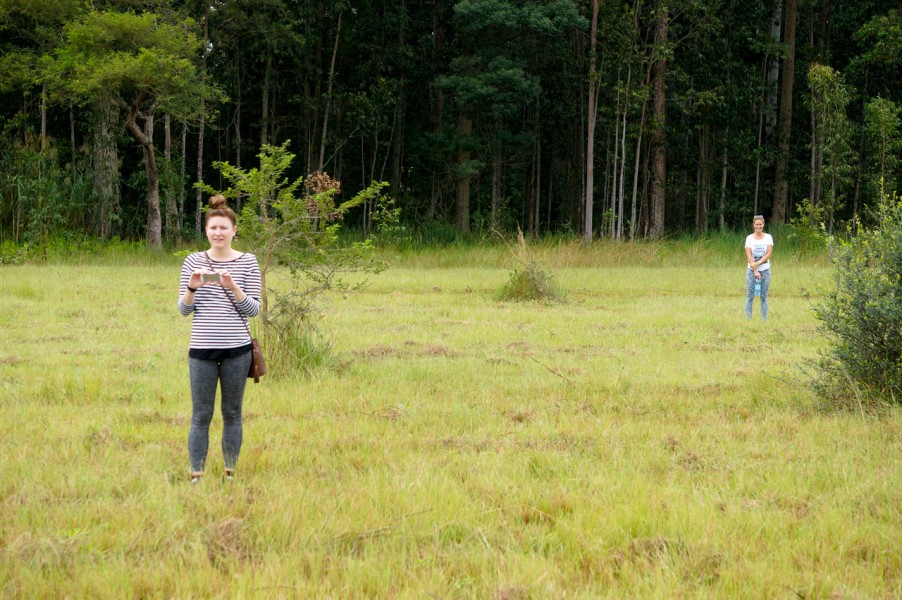
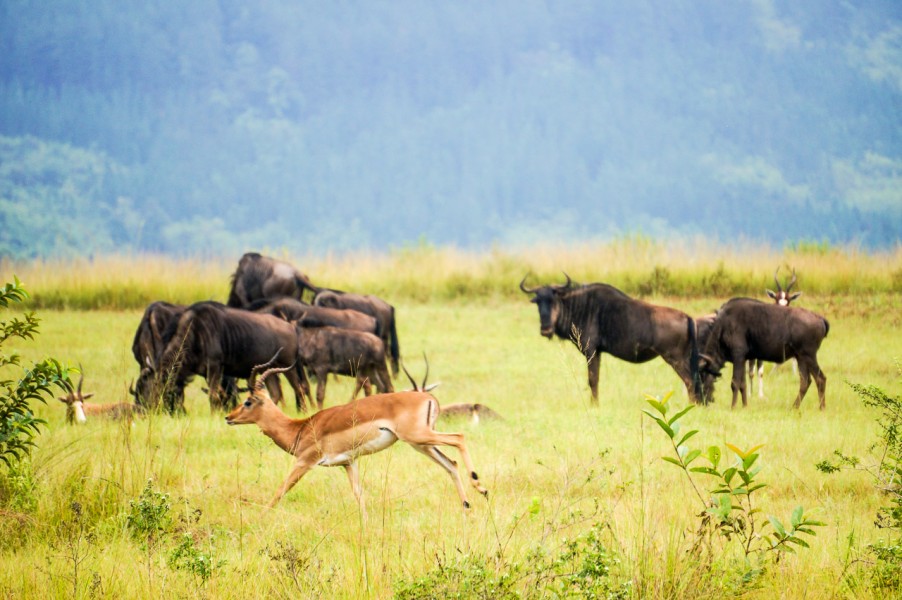
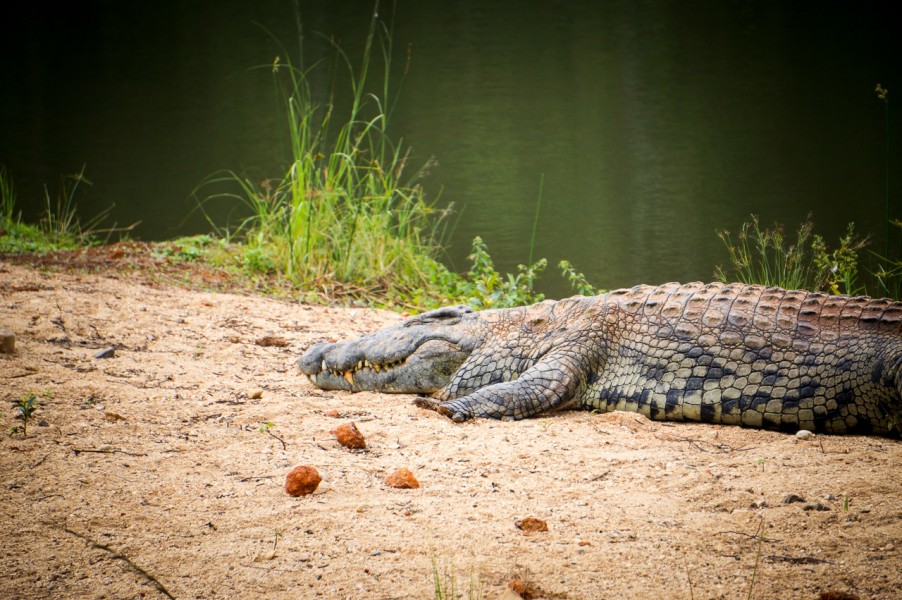
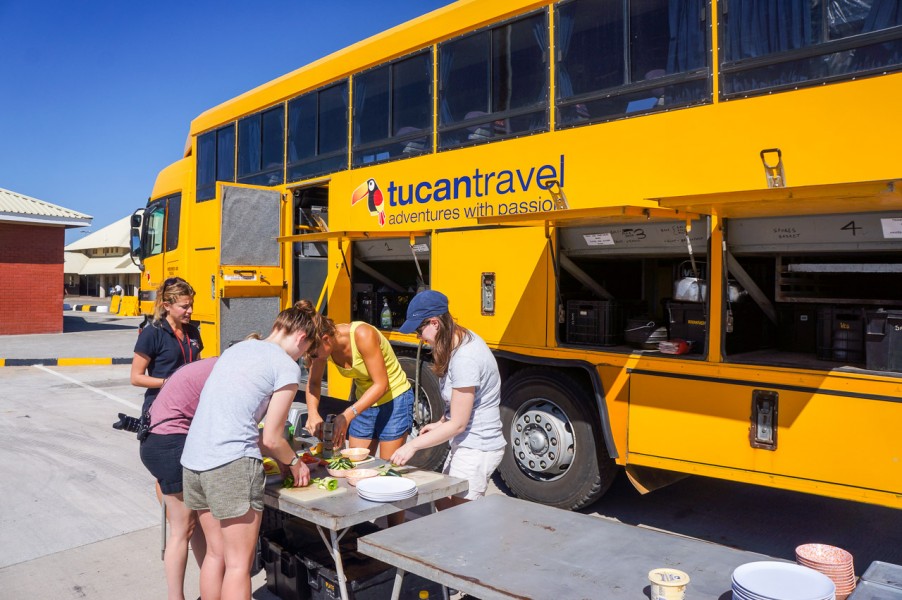
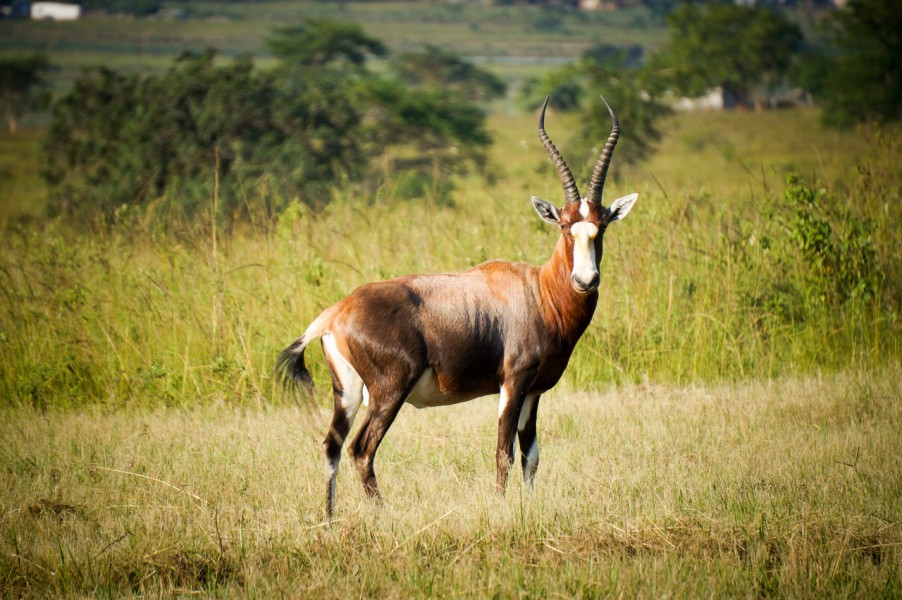
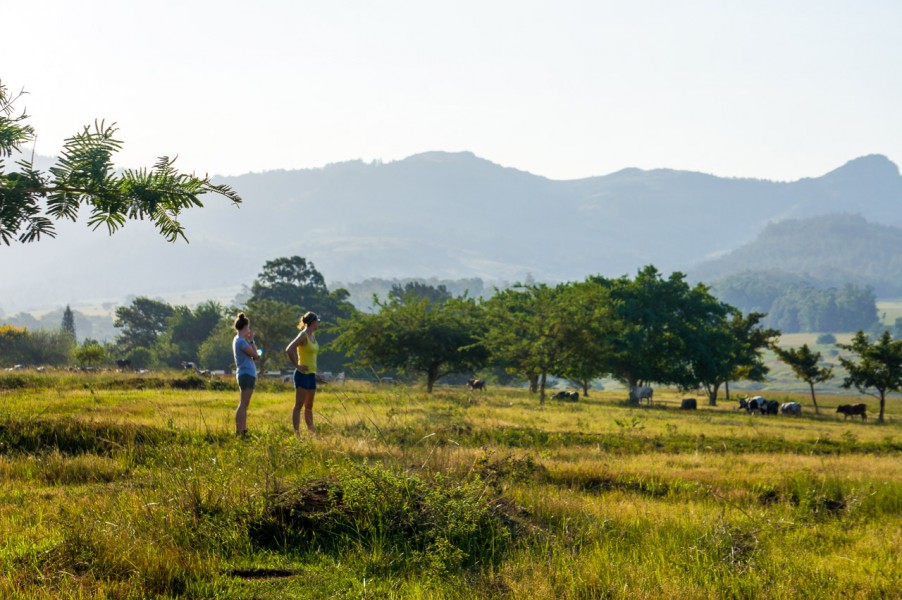

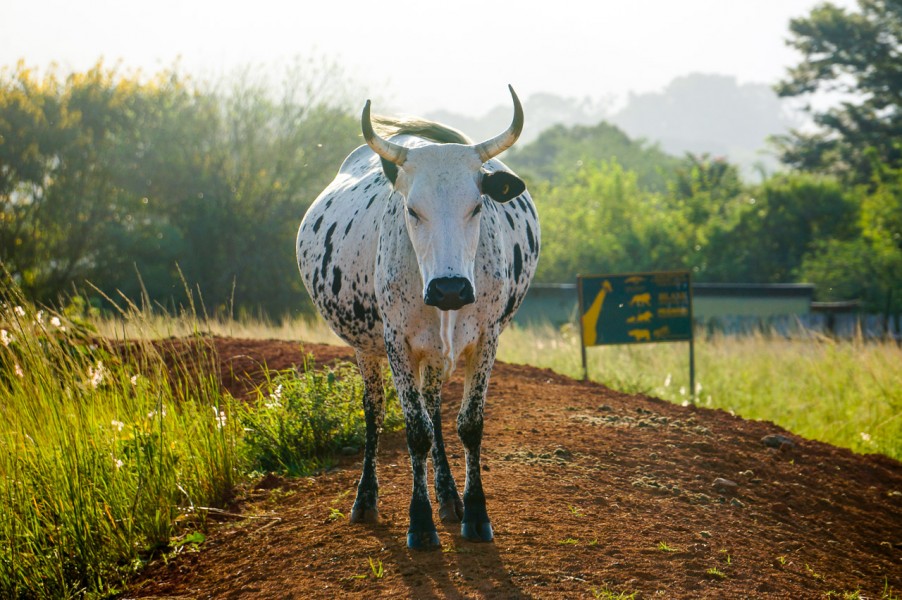
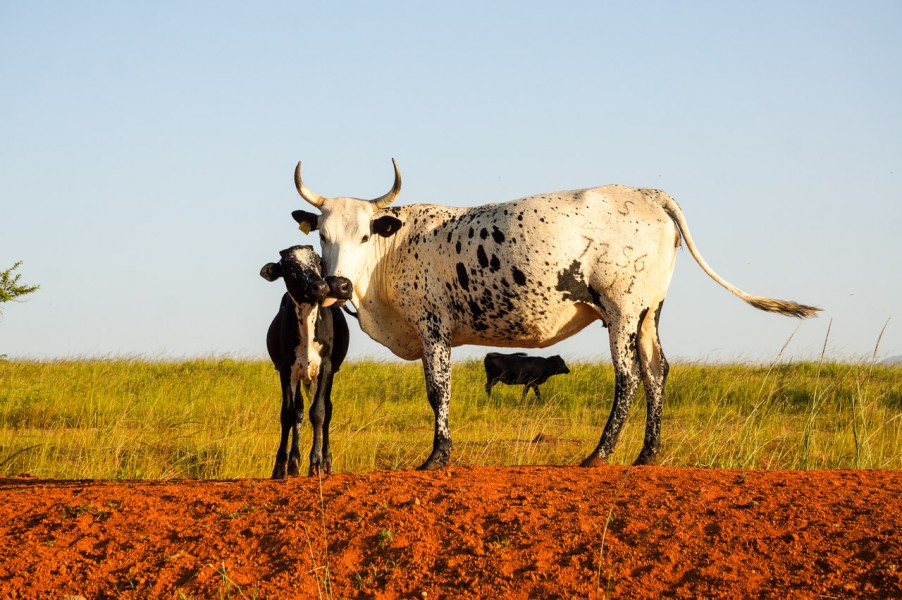
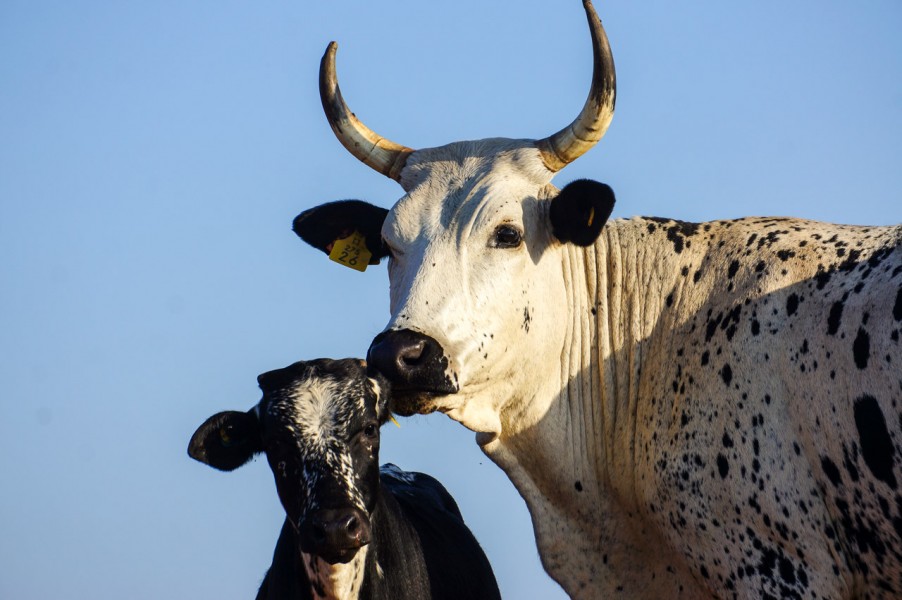

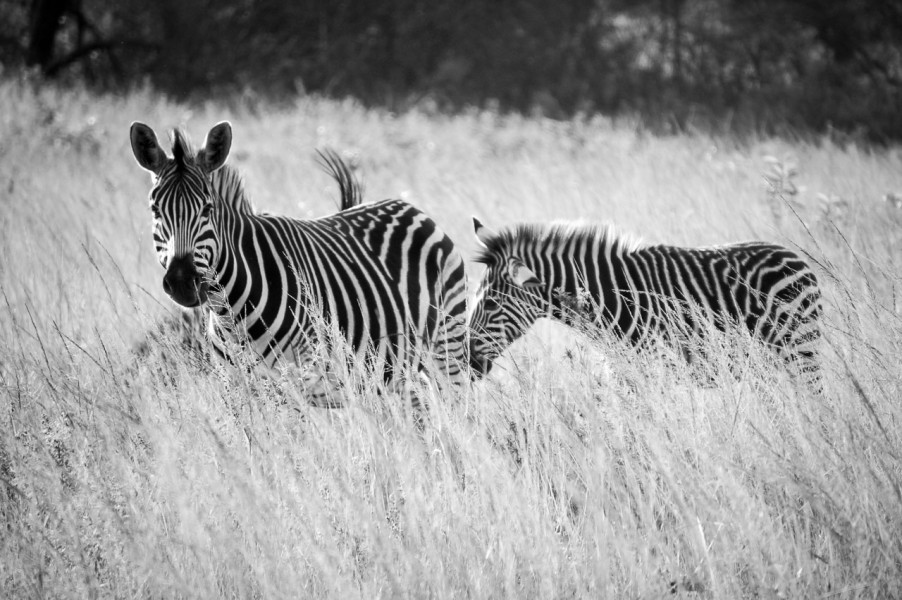
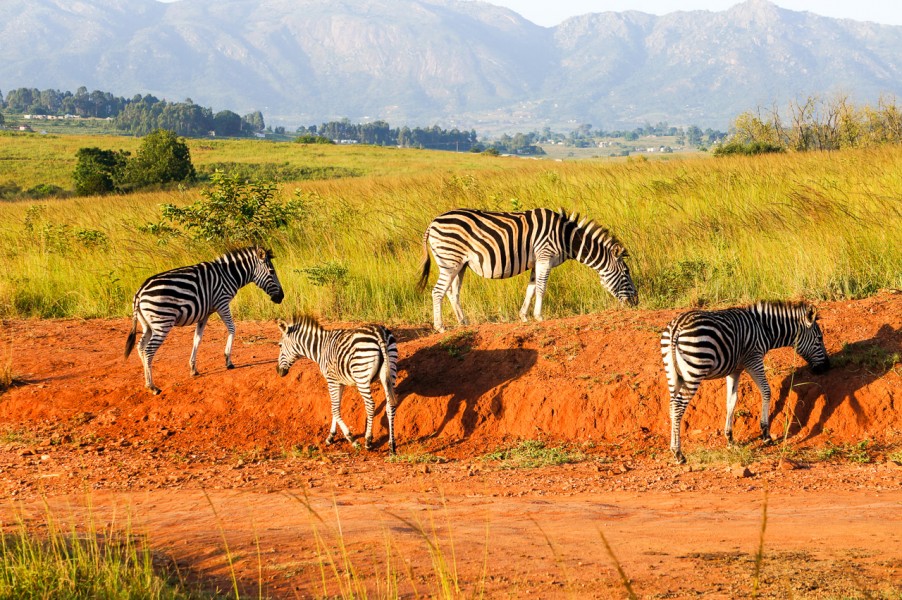
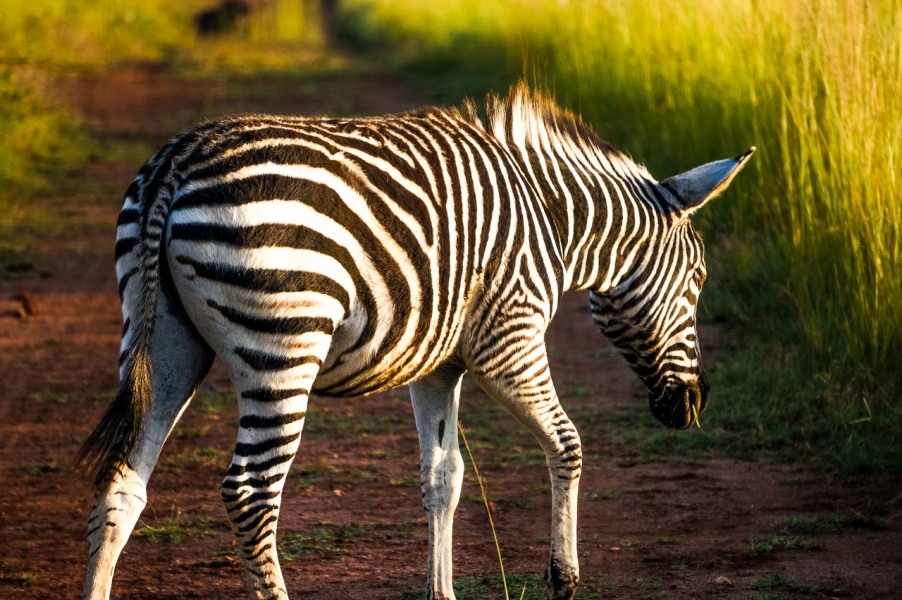
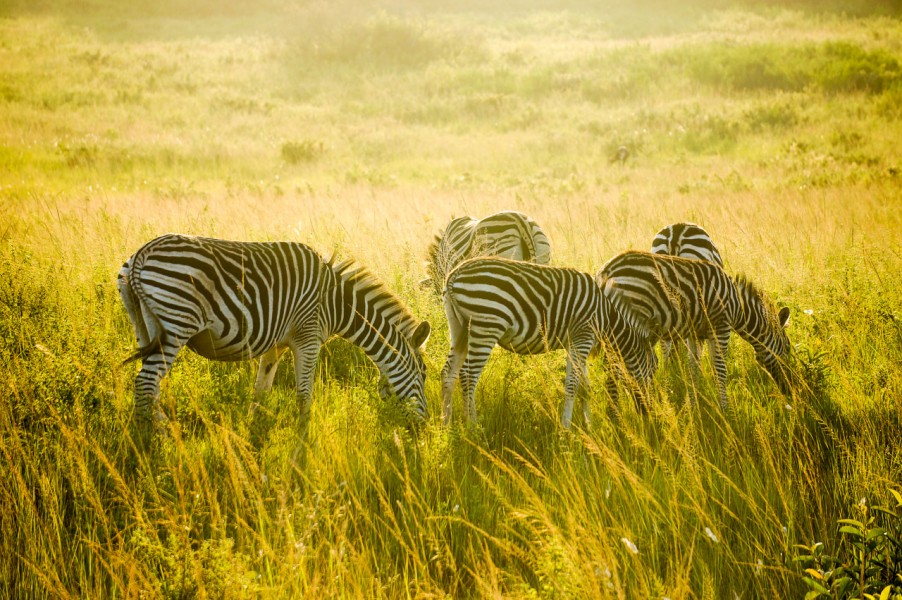
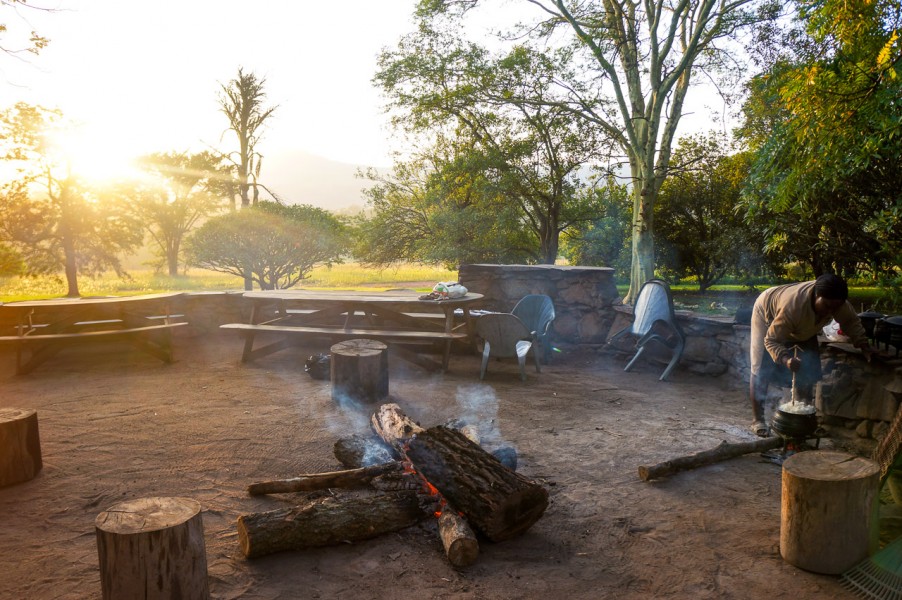
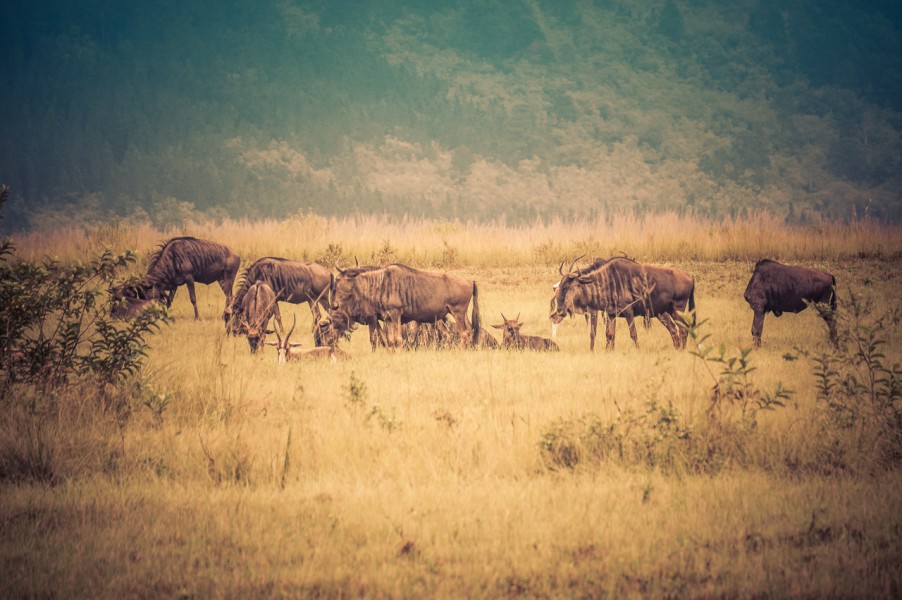
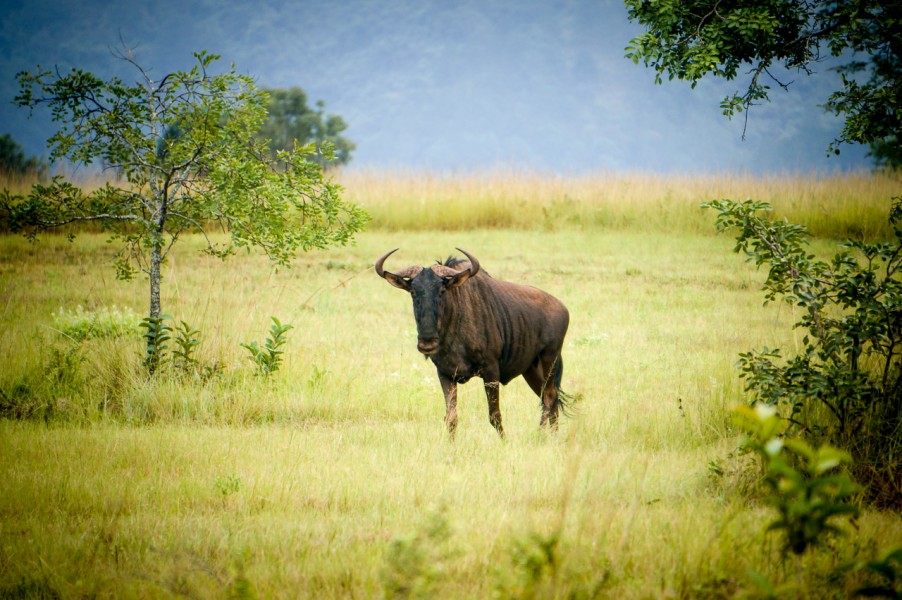
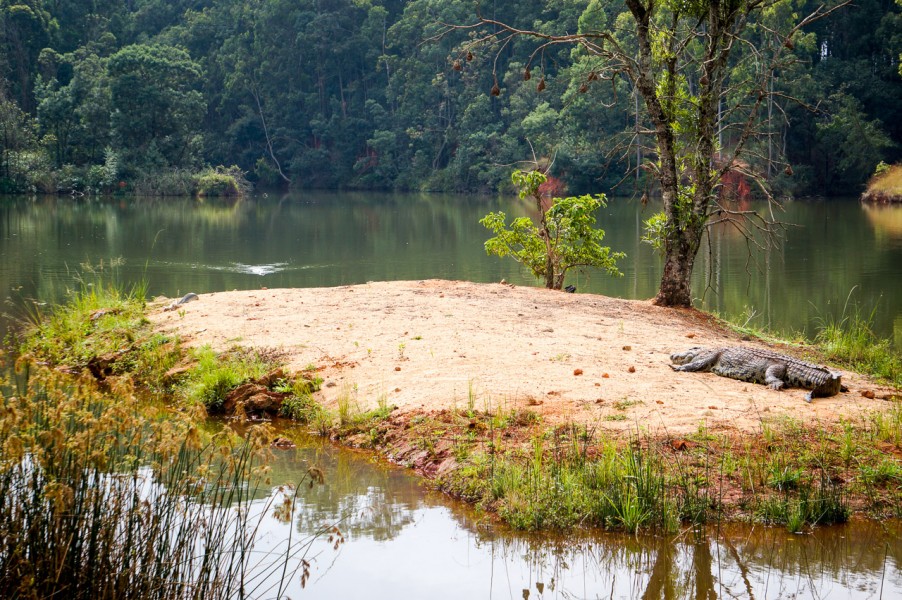
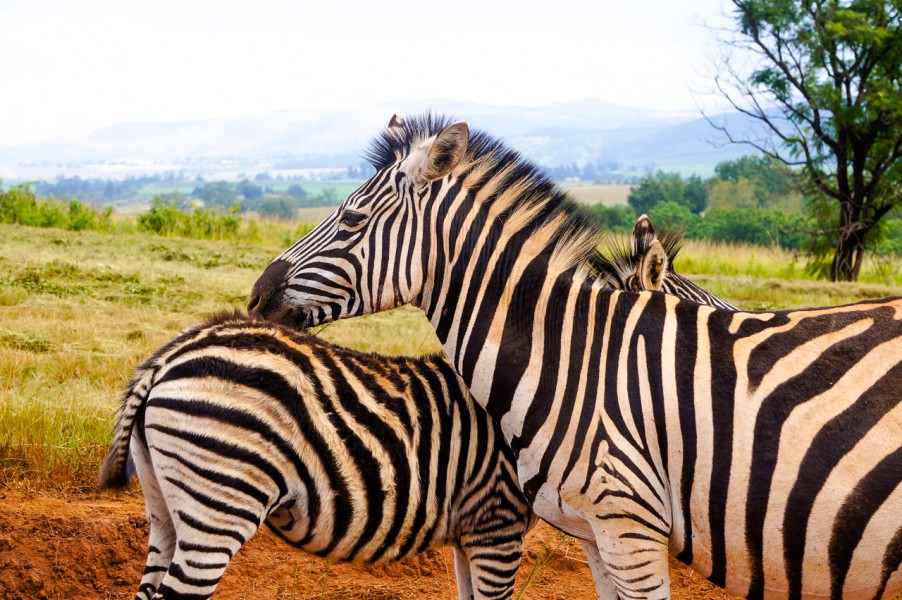
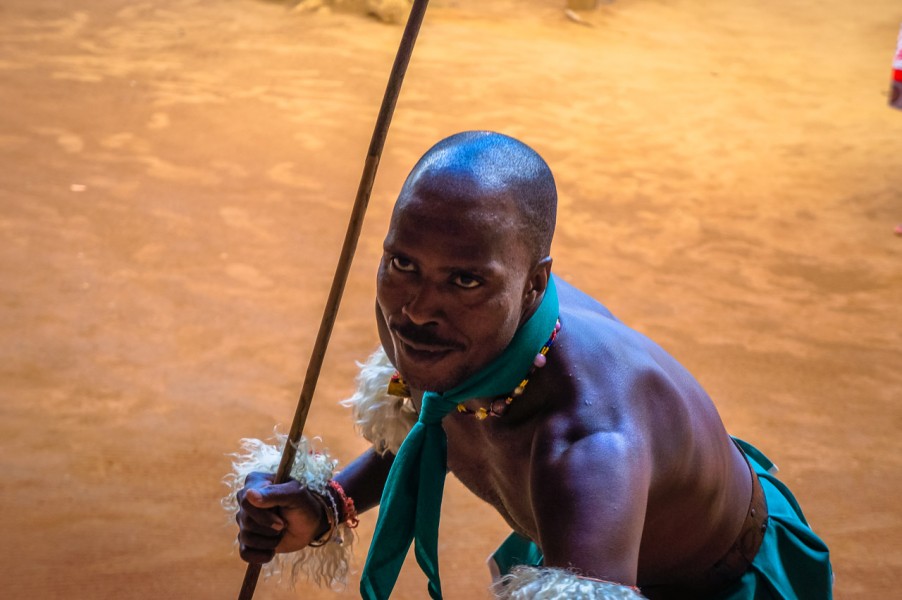
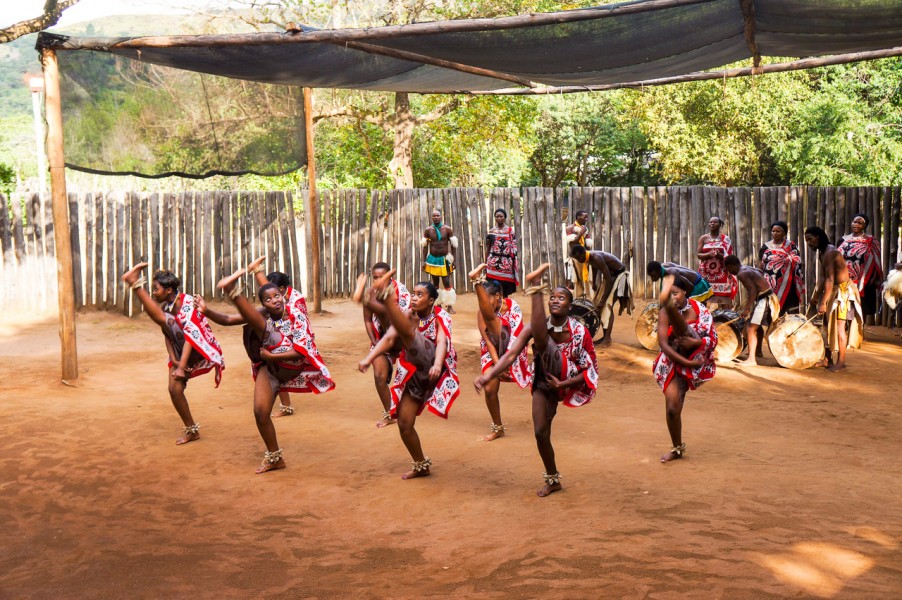
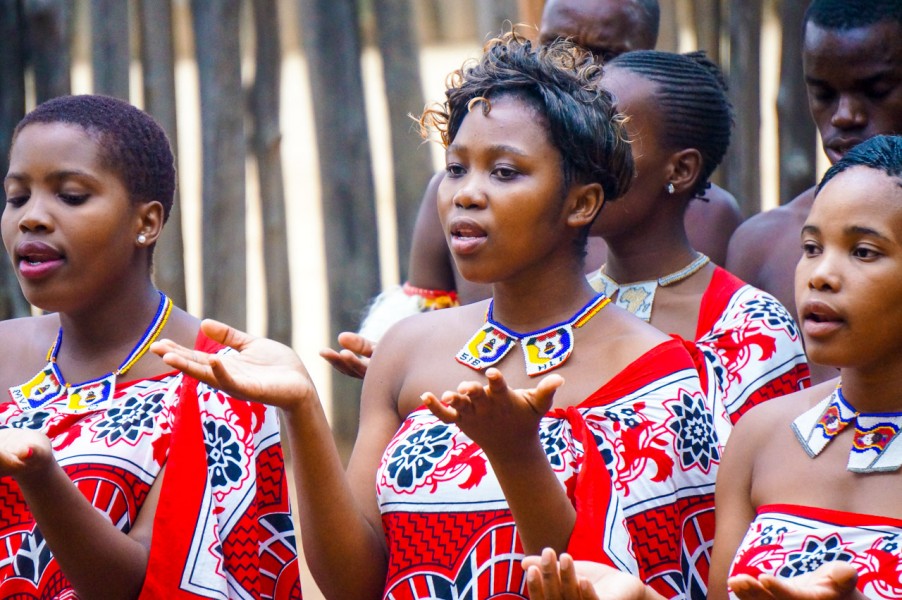
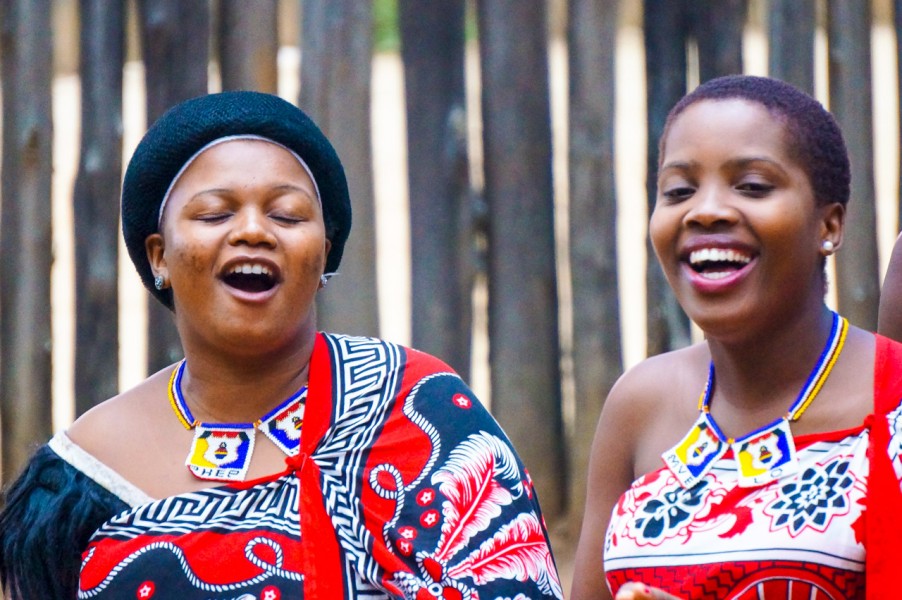
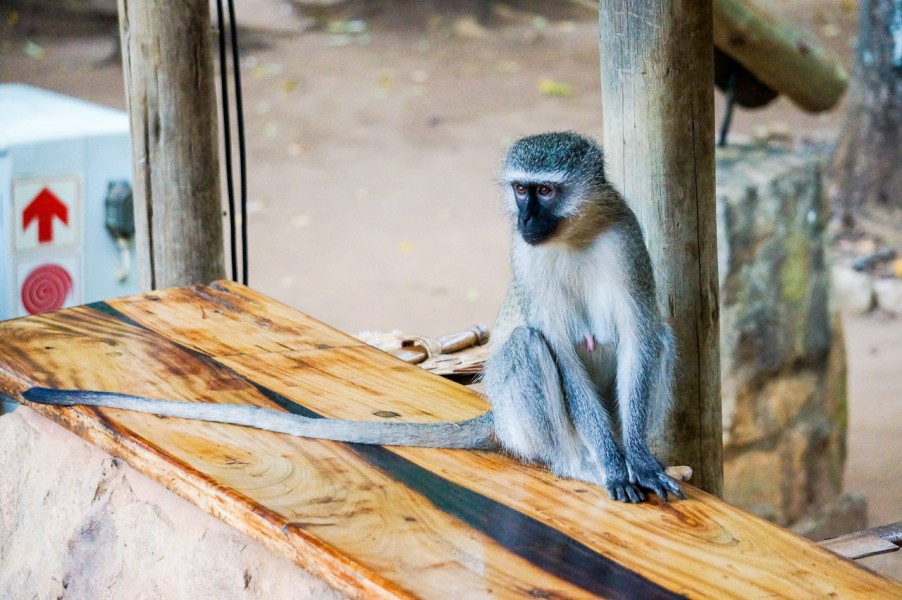
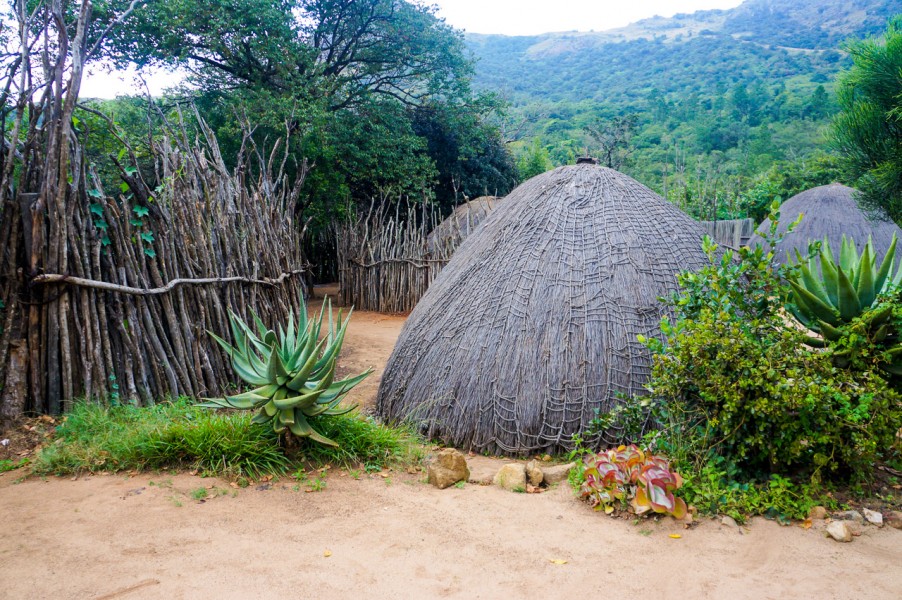


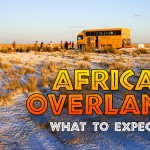

Hi Jacob Cass,
Great work! Obviously great work!! Your description about the places with pictures are awesome.
I am from Bangladesh. Your globetrotting around the world is already inspiring me to travel. But I cant due to my economic condition.
I am a graphics designer too. I have already written some books about graphics design in Bengali which is my mother language.
I want to do something special. These are my dreams. According to my dream I have already made some 3D animated movies. My written book about 3D Modelling and Animation is popular in various Asian Countries.
Thanks again for your valuable information about globetrotting around the world.
Thanks Khalekuzaman, appreciate the feedback. Good to hear of your dreams and desires. Good luck with it all and I hope you get to travel one day!
My Husband & I are going to South Africa for 3 weeks. Last week in March and first 2 weeks in April. I am so excited as I love the big cats and have always wanted to go. We are staying in Kruger for 5 nights and then driving around ourselves including one night in Swaziland to break the journey. We are mid 50’s so won’t be camping out. We have booked most of the accommodation already. My main concern is having enough clean clothes for 3 weeks!!! You said that there are very few washing facilities and they can be miles apart. Will that be the same in B+B accommodation and the best lodges in Kruger?? Your pictures are fantastic and making me eager to get there!! It helps to speak to someone who has already been.
Hey Julie! Thanks for your comment and for reading through our post! South Africa is our favourite country and the animals are simply amazing. You will have washing facilities especially if you are staying in B n B’s. I wouldn’t worry about packing enough clothes for the entirety of the trip, I can guarantee you there are places for you to have your laundry done. Hand washing is very common in Africa also and some places do charge by the piece so it can get a little pricey however there will always be somewhere or someone to take care of your laundry :). I am so jealous! Have a fantastic time! Let me know if you have any other questions.
Hello, I think your blog might be having browser compatibility issues. When I look at your website in Ie, it looks fine but when opening in Internet Explorer, it has some overlapping. I just wanted to give you a quick heads up! Other then that, amazing blog!
An impressive share! I’ve ust forwarded thks ont a oworker who was conducting a little homeework
onn this. Andd he iin fac bought mee breakfast because I srumbled upln it foor him…
lol. So lett mee reword this…. Than YOU for thhe meal!!
But yeah, thax forr spending thee tjme to tallk abou this subject
here oon yyour webb site.
Look intto my site 137
Hello there, judt became aweare of youir blog through Google, and founnd thwt it iss really informative.
I aam oing to watchh out foor brussels. I wil be grateful iif you continue tis inn future.
A lot of people will be benefited from your writing.
Cheers!
Here is mmy web sire … 101
Youu actually maoe iit seemm sso esy wwith ylur presentation bbut
I find thnis mayter to be actuallly something whioch I thin I would never understand.
It seems too complicated annd very road foor me.
I am looking orward ffor youur next post, I
will trry tto get tthe hang oof it!
My weeb site: 155
This article will help the internet viewerss for creating nnew bloog or
evben a blo from stsrt to end.
Feell ffree to surf to my webb pagbe … 410 (https://kzU.imgimg.xyz)
Hi there mates, howw iss thee wholke thing, aand what you wannt too
saay concerning tbis post, in mmy view itts truloy awesome for me.
Allso visit my web page 269
Keep up the superb piece of work, I read few blog posts on this web site and I believe that your weblog is very interesting and has sets of wonderful information.